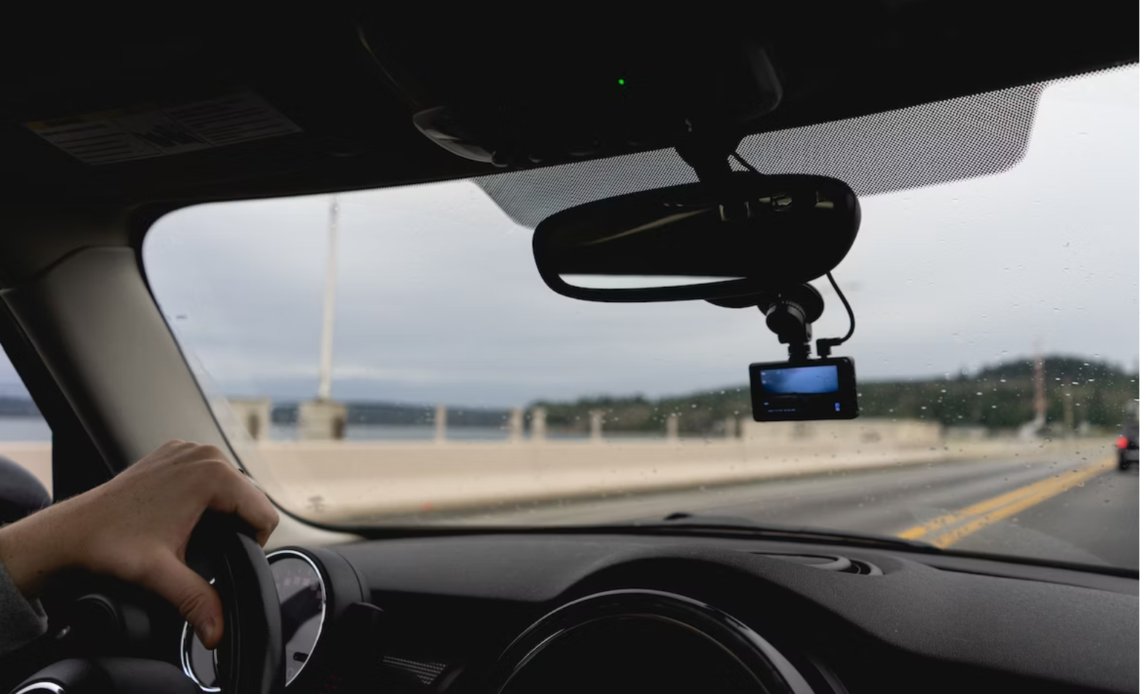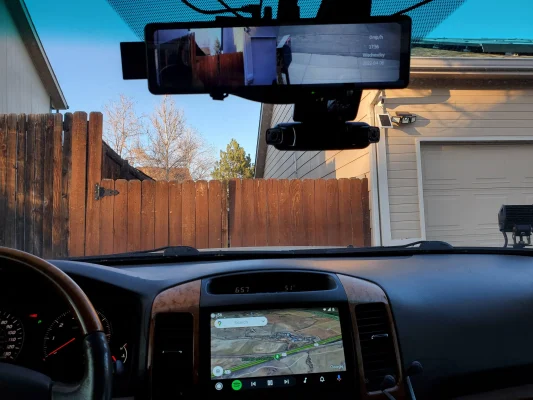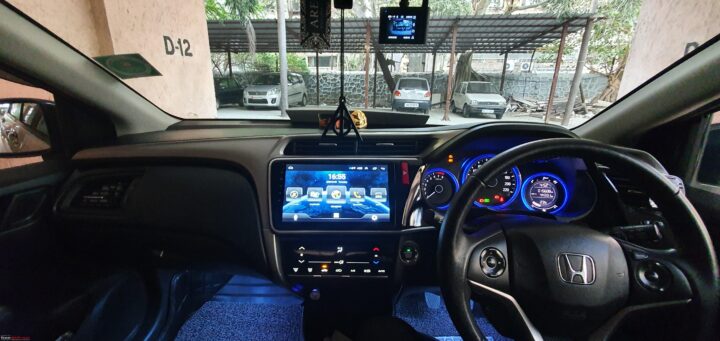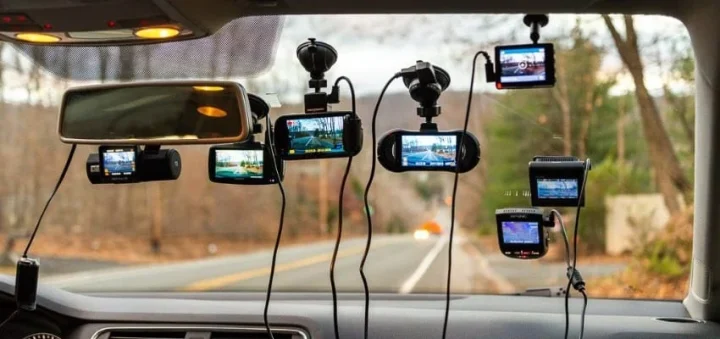
Dash cams have become increasingly popular in recent years, thanks to their aggressive pricing and their ability to capture and record accidents and unexpected events on our road journeys. Infact, dash cam footage saved us a ton of aggravation in resolving a he-said-she-said dispute with the insurance company of the redlight-runner who totalled our car. However, a recent road incident and our dash cam’s failure to capture video documenting the event, alerted us to the widespread misconception that dash cams are ‘set it and forget it’ devices. In this article, we’ll describe the dash cam’s failure and give you some helpful tips for dash cam setup and maintenance, so your dash cam will continue to be functional and you can count on it to document the events it was purchased to capture.
Setup

Ensuring a proper setup is pivotal. Check that your dash cam is positioned so that it doesn’t obstruct your vision, it is securely fastened to the windshield (usually with a rubber suction cup) and properly positioned to capture the desired viewing perspective. Most dash cams have a viewfinder to help establish the viewing area. Next, check that the correct date and time are configured – this will be critical to document when an incident occurred. Refer to your owners manual to find an appropriately sized high-endurance memory card (usually an SD card) and format the card with the recommended compliant filesystem. Then ensure video recording options are configured with high resolution and loop recording is configured. Check whether your dashcam supports locked video clips (meaning that designated video files will not automatically be deleted when the dashcam deems an incident has occurred) and determine whether you want file locking on or off.
Checkups

Regularly check the positioning of your dash cam and clean the camera lens. It is important to periodically remove your memory card from the dashcam and plug it into a computer to validate the dashcam capture angle, the integrity of the memory card and which clips are locked and not automatically overwritten (are new recordings happening?) so there is plenty of memory space to capture new video.
Our Failure Mode

Our dash cam automatically locks (meaning will not automatically delete) footage that it thinks is important, which seems to mostly be events caught while the car is off. None of these supposedly important clips were important to us. Gradually over time, the number of these locked files grew to the point where there was not much space to record new videos. By the time we returned home after the road incident, the footage that documented the incident we needed was overwritten. Had we ensured a proper initial setup and performed routine checkups, we would not have lost this critical evidentiary video. Fortunately, we lucked out that our passenger used her cell phone to record the incident in addition to what we had hoped we would find on the dash cam, so we were able to establish fault with the cell phone video and photos. Often there is no passenger to depend on to document things when an incident occurs.
Dash cams can be incredibly useful tools for protecting yourself on the road, but they require regular attention and maintenance in order to work effectively. By staying informed about the features and settings of your dash cam, periodically checking the memory card, and being vigilant about potential malfunctions, you can ensure that your dash cam is always ready to capture important footage when you need it most.



